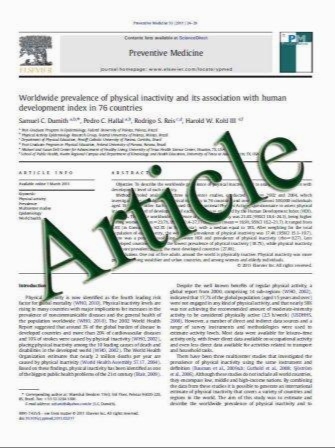The spectrum and severity of FUS-immunoreactive inclusions in the frontal and temporal lobes of ten cases of neuronal intermediate filament inclusion disease
- نوع فایل : کتاب
- زبان : انگلیسی
- مؤلف : Richard A. Armstrong Marla Gearing Eileen H. Bigio Felix F. Cruz-Sanchez Charles Duyckaerts Ian R. A. Mackenzie Robert H. Perry Kari Skull
- چاپ و سال / کشور: 2010
Description
Neuronal intermediate filament inclusion disease (NIFID), a rare form of frontotemporal lobar degeneration (FTLD), is characterized neuropathologically by focal atrophy of the frontal and temporal lobes, neuronal loss, gliosis, and neuronal cytoplasmic inclusions (NCI) containing epitopes of ubiquitin and neuronal intermediate filament proteins. Recently, the ‘fused in sarcoma’ (FUS) protein (encoded by the FUS gene) has been shown to be a component of the inclusions of familial amyotrophic lateral sclerosis with FUS mutation, NIFID, basophilic inclusion body disease, and atypical FTLD with ubiquitin-immunoreactive inclusions (aFTLD-U). To further characterize FUS proteinopathy in NIFID, and to determine whether the pathology revealed by FUS immunohistochemistry (IHC) is more extensive than a-internexin, we have undertaken a quantitative assessment of ten clinically and neuropathologically well-characterized cases using FUS IHC. The densities of NCI were greatest in the dentate gyrus (DG) and in sectors CA1/2 of the hippocampus. Anti-FUS antibodies also labeled glial inclusions (GI), neuronal intranuclear inclusions (NII), and dystrophic neurites (DN). Vacuolation was extensive across upper and lower cortical layers. Significantly greater densities of abnormally enlarged neurons and glial cell nuclei were present in the lower compared with the upper cortical laminae. FUS IHC revealed significantly greater numbers of NCI in all brain R. A. Armstrong (&) Vision Sciences, Aston University, Birmingham B4 7ET, UK e-mail: R.A.Armstrong@aston.ac.uk M. Gearing Department of Pathology and Laboratory Medicine, Centre for Neurodegenerative Disease, Emory University School of Medicine, Atlanta, GA, USA E. H. Bigio Department of Pathology, Northwestern University Medical School, Chicago, IL, USA F. F. Cruz-Sanchez Institute of Neurological and Gerontological Sciences, International University of Catalonia, Barcelona, Spain C. Duyckaerts Laboratoire de Neuropathologie, Hoˆpital de la Salpeˆtrie`re, AP-HP, 75651 Paris, France I. R. A. Mackenzie Department of Pathology and Laboratory Medicine, Vancouver General Hospital, Vancouver, BC, Canada R. H. Perry Department of Neuropathology, Newcastle General Hospital, Newcastle-upon-Tyne NE4 6BE, UK K. Skullerud Department of Pathology, Rikshospitalet, 0027 Oslo, Norway H. Yokoo Department of Pathology, Gunma University School of Medicine, Maebashi, Japan N. J. Cairns Charles F. and Joanne Knight Alzheimer’s Disease Research Center, Washington University School of Medicine, St Louis, MO, USA N. J. Cairns Department of Pathology and Immunology, Washington University School of Medicine, St Louis, MO, USA N. J. Cairns Department of Neurology, Washington University School of Medicine, St Louis, MO, USA 123 Acta Neuropathol (2011) 121:219–228 DOI 10.1007/s00401-010-0753-3 regions especially the DG. Our data suggest: (1) significant densities of FUS-immunoreactive NCI in NIFID especially in the DG and CA1/2; (2) infrequent FUS-immunoreactive GI, NII, and DN; (3) widely distributed vacuolation across the cortex, and (4) significantly more NCI revealed by FUS than a-internexin IHC.
Acta Neuropathol (2011) 121:219–228 DOI 10.1007/s00401-010-0753-3 Received: 9 August 2010 / Revised: 24 September 2010 / Accepted: 25 September 2010 / Published online: 1 October 2010


